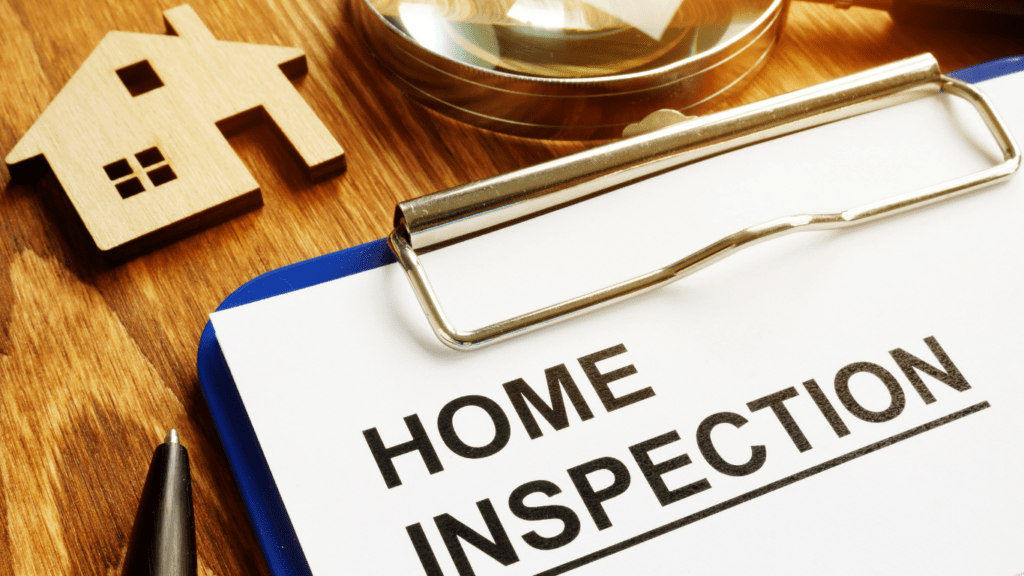Preparing for Your First Home Tour
Entering a potential home for the first time can be exciting, but preparation ensures you’re focused. Knowing what to evaluate beforehand helps separate critical details from distractions.
Research the Neighborhood
I look into nearby amenities, schools, and transportation options to get a sense of location benefits. Reviewing local crime rates and property value trends helps assess long-term investment potential. To gauge the community atmosphere, I often drive by the area during different times of the day.
Create a Checklist
I make a detailed checklist covering key aspects like structural integrity, layout preferences, and condition of fixtures. Including items like checking water pressure, storage spaces, and natural lighting keeps my focus on essentials. This list guides me during the tour, ensuring no critical detail is overlooked.
Evaluating the Exterior of the Home

I focus on the exterior first, as it reveals critical details about the home’s condition and potential maintenance needs. A thorough evaluation can uncover issues that might not be immediately visible indoors.
Inspect the Roof and Foundation
- I check the roof for missing shingles, sagging areas, or discolored patches that indicate water damage.
- I also look for signs of age, such as curled or cracked shingles, which might mean a replacement is due.
- When I examine the foundation, I search for visible cracks, uneven settling, or water stains, as these could suggest structural issues or drainage problems.
Assess Curb Appeal and Landscaping
I evaluate the driveway, pathways, and exterior paint to understand maintenance requirements. Clean, manageable landscaping with healthy grass, trimmed shrubs, and a tidy yard suggests routine care. Poorly maintained or overgrown landscaping, such as weeds or dead trees, might indicate neglect or hidden costs for restoration.
Inspecting the Interior
Inside the home, I focus on elements affecting functionality, comfort, and potential repair costs. A detailed examination ensures I’m not overlooking critical issues.
Check Walls, Ceilings, and Floors
I examine walls for cracks, uneven surfaces, or stains that could signal structural problems. I inspect ceilings for discoloration or sagging, often indicators of previous water damage or poor ventilation. For floors, I search for uneven spots, creaks, or stains, which might reveal foundation concerns or past leaks.
Test Appliances and Fixtures
I test all built-in appliances, like:
- stove
- oven
- dishwasher
to ensure they’re operational. I verify that light switches work and look for hot water consistency while running faucets. I also inspect plumbing fixtures for leaks or low water pressure, as repairs could become costly.
Look for Signs of Water Damage or Mold
I closely check areas near windows, sinks, and bathrooms for water stains or bubbling paint, often signs of leaks. I inspect closet corners and basements for dampness or a musty smell, which might indicate mold growth. I’m cautious of these issues since remediation can be expensive.
Assessing Space and Layout
Evaluating the space and layout during your first home tour provides insights into how well the property fits your daily life and future goals. Careful consideration ensures the home aligns with your functional and aesthetic needs.
Think About Your Lifestyle Needs
I focus on whether the layout supports my routines and preferences before considering aesthetics. For example, open floor plans may appeal to those who entertain frequently, whereas traditional layouts with separated spaces work better for privacy. I check the bedroom and bathroom count to ensure the home accommodates my household comfortably. If I work from home, I identify potential spaces for a home office with minimal noise intrusion.
I also assess storage areas like closets, using factors such as size and accessibility. Ample storage, whether in walk-in closets or built-in cabinets, eliminates future clutter concerns. Lastly, I consider the flow between high-traffic areas like:
- kitchen
- dining
- living room
A well-connected layout saves time and increases convenience daily.
Envision Future Modifications
I analyze whether potential changes to the home’s space and layout are feasible based on my long-term plans. If the property needs additional rooms over time, I check for expansion possibilities like converting unused spaces or finishing an attic. Whether loading-bearing walls exist becomes a critical point if I’m considering removing walls for a more open floor plan.
I also review ceiling heights and window placements to determine how remodeling might impact natural light or the ventilation system. For major structural changes, like adding a second level, I consider current zoning laws and consult an expert post-tour. By envisioning modifications during the tour, I ensure the home meets not just today’s needs but those in the years to come.
Observing Details and Asking Questions
Paying attention to small details and asking the right questions ensures a comprehensive understanding of the home’s condition and upkeep requirements. Combining observations with documented information streamlines decision-making.
Take Notes and Photos
I record specific details about each room, including elements like flooring, lighting, and wall conditions, to prevent confusion later. Photos provide visual references for inspecting areas like kitchen cabinets, closet sizes, or unusual features that may require further evaluation. By documenting these, I can recall the exact details of each home without relying solely on memory, especially when touring multiple properties.
Ask About Maintenance and Repairs
I inquire about recent repairs, like roof replacements or HVAC servicing, to gauge the home’s maintenance history and anticipate future expenses. For instance, knowing that the water heater was replaced three years ago can help predict its remaining lifespan. I also ask about ongoing issues, such as plumbing or electrical concerns, to assess their potential impact on overall living conditions and repair costs. Specific questions about warranties for appliances or recent upgrades provide added clarity about value and reliability.





